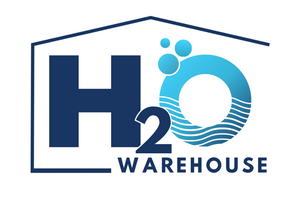Distinction between Filtered Water and Purified Water
Exploring the Distinction between Filtered Water and Purified Water
Navigating the array of water filtration and purification systems flooding the market can often feel like deciphering a complex puzzle. The terms "filtered water" and "purified water" are frequently used interchangeably, prompting questions about their distinctions and which option holds the upper hand in terms of benefits.
We understand the confusion and aim to shed some light on the matter. Although both filtered and purified water serve to eliminate impurities, they operate on different principles, each with its unique advantages.
In the realm of water treatment, terminology carries specific technical meanings, which may elude the average consumer. Misunderstandings can lead to investing in unsuitable products, resulting in wasted time and money.
All water designated for human consumption undergoes a basic filtration process to meet safety standards enforced by local authorities. However, the nuances between water filtration and purification are often overlooked.
Municipal water supplies, while deemed drinkable, prioritise quantity over quality. Consequently, household water often contains unwanted chemicals like fluoride and chlorine, necessary for mass distribution but less desirable for drinking. In such cases, additional purification steps are recommended to ensure safe consumption.
When safeguarding your family's water quality, understanding the differences between filtration and purification is paramount. Numerous options exist for treating household water, including both filtration and purification methods.
The choice between filtration and purification hinges on several factors:
- The water source
- The quality and level of contamination
- Intended use of the treated water

Water Filtration:
Filtration involves separating suspended matter from a liquid, targeting visible deposits such as dirt and chlorine. Basic filtration systems enhance water quality by removing particles through various methods like sedimentation, ion-exchange, carbon media filtration, and more. However, filtration alone cannot eliminate viruses and bacteria from water.
Water Purification:
Purification focuses on enhancing overall water safety by removing a broader range of impurities, including viruses, chemicals, and biological contaminants. This process is more comprehensive and effective, utilising methods like reverse osmosis and distillation. Reverse osmosis, in particular, stands out as a cost-effective and widely used purification method.
Both filtration and purification systems can be employed individually or in tandem to achieve desired water quality. However, regular maintenance is essential for optimal performance and safety. Neglecting system upkeep can compromise results and potentially pose risks to health.
In summary, while both filtered and purified water offer benefits, understanding their distinctions empowers consumers to make informed choices tailored to their specific needs and preferences.
- Choosing a selection results in a full page refresh.

